
The Bauhaus was created at a time when the German spirit passed from Expressionism to New Objectivity.

The Bauhaus -created by Walter Gropius in Weimar- operated between 1919-1933. It combines crafts and fine arts, and is famous for its design.
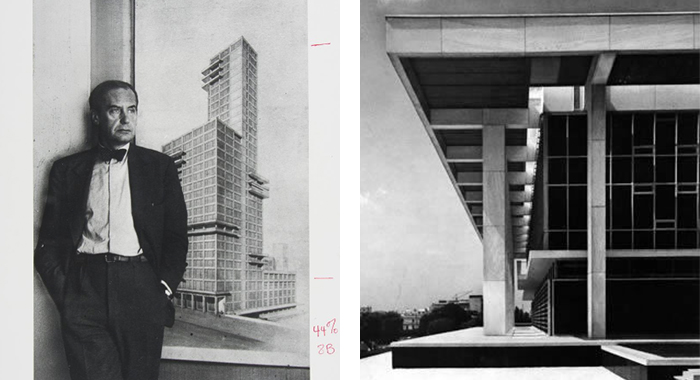

House under construction, despite its name and the fact that its founder and later directors are architects, the Bauhaus did not have an architecture department during its early years.
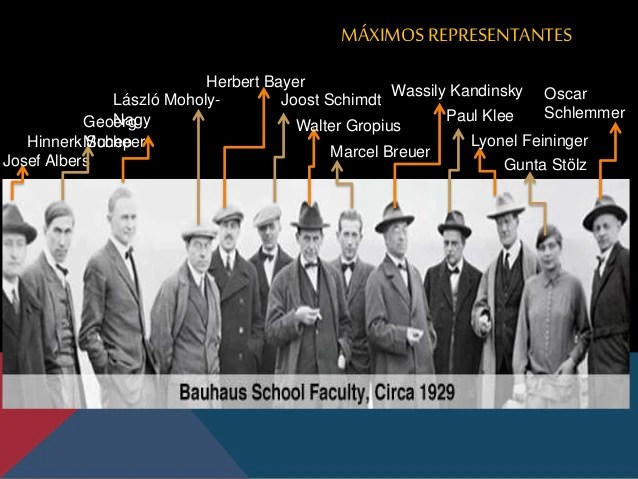


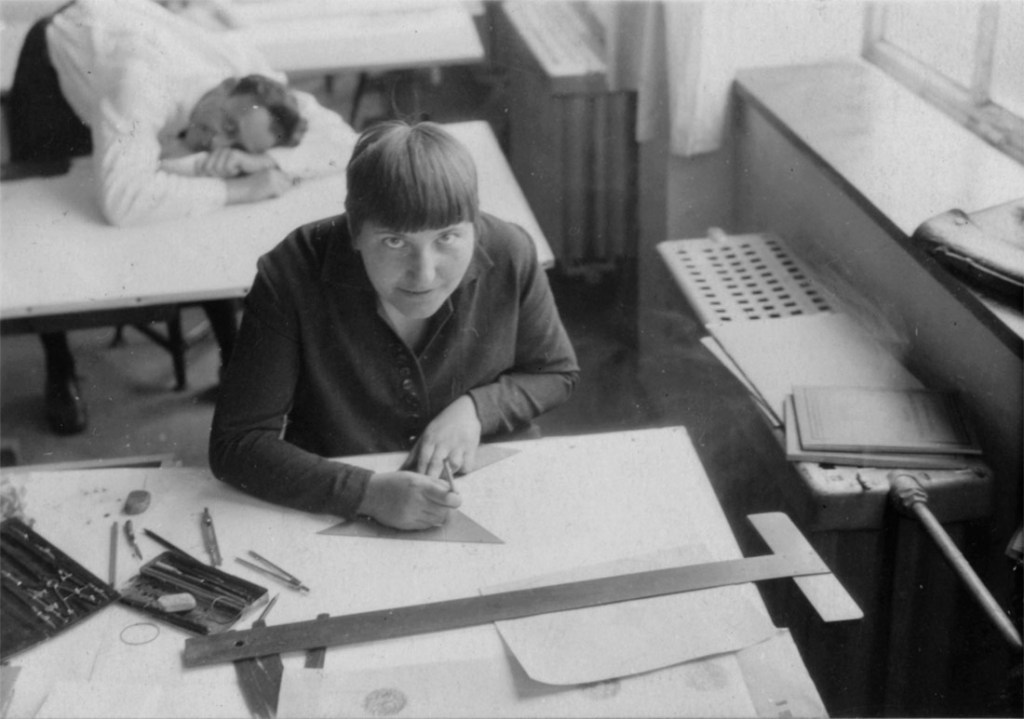
His intention is design for industry, bringing together all the arts, including architecture.
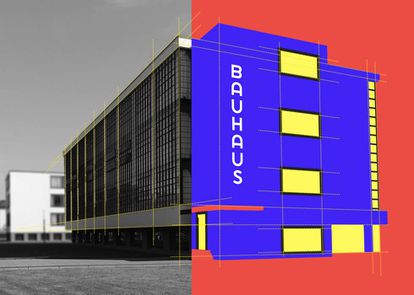

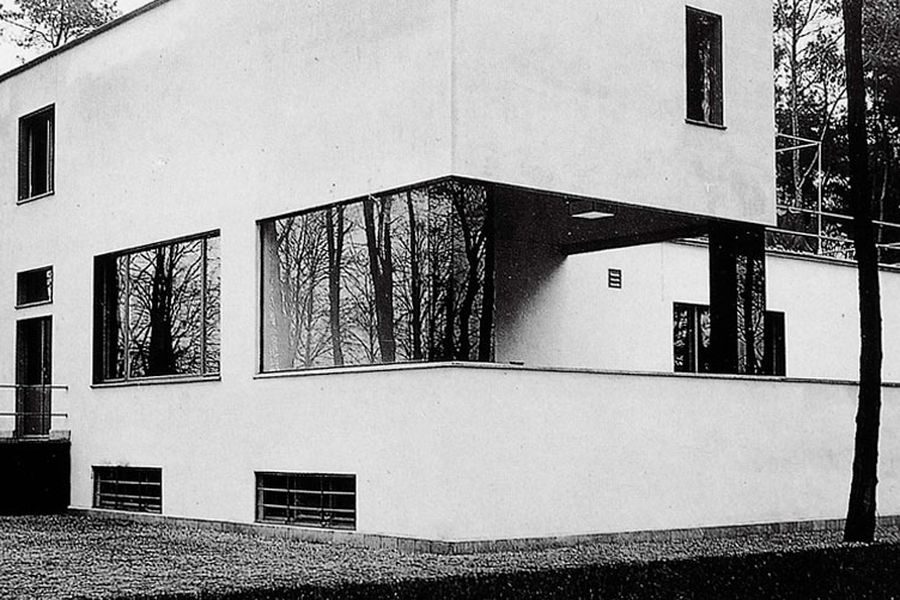
In a short time, it becomes a trend, as one of the most influential currents in modern design, architecture, art and education.
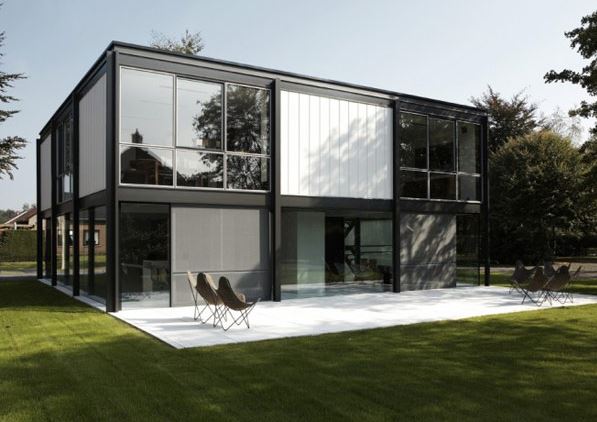

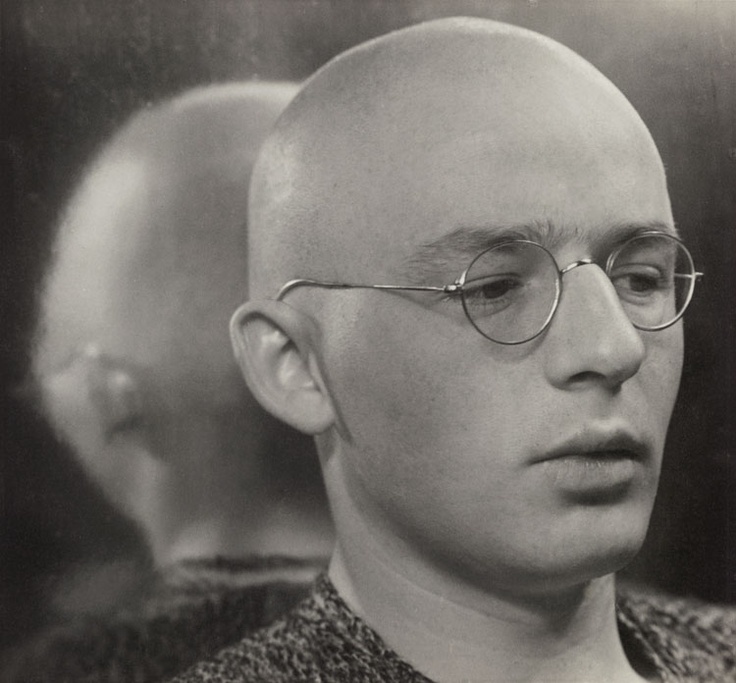
It takes place in Weimar from 1919 to 1925, Dessau from 1925 to 1932 and Berlin from 1932 to 1933, with Walter Gropius from 1919 to 1928, Hannes Meyer from 1928 to 1930 and Ludwig Mies van der Rohe from 1930 to 1933.

This year, the school is closed by the Nazis, calling it communist.


The Bauhaus style, known as the International Style, is characterized by the absence of ornamentation and the harmony between function and design.

Its most important influence is Modernism, a cultural movement whose origins date back to 1880, due to its simplified forms, rationality and functionality.
There is an idea that mass production supports the individual artistic spirit.

The acceptance of modern design in everyday life is the subject of ad campaigns, well-attended public displays, films, and sometimes fierce public debate.
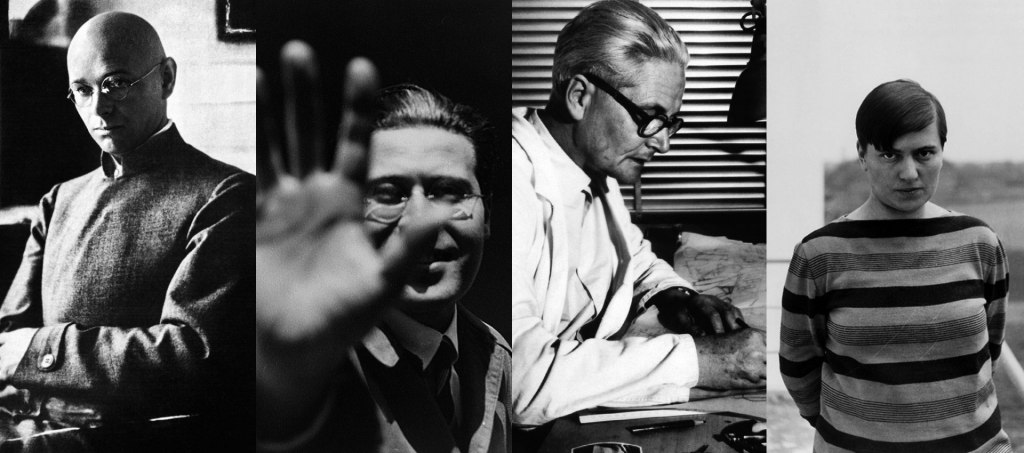
Thus, the Bauhaus has a great impact on architecture, on the simplification of forms and on functionality; the absence of ornament, geometry and the use of basic materials, such as concrete, glass and steel, in neutral tones and natural finishes.

After Germany, Tel Aviv, Israel, is the city with the most Bauhaus architecture in the world, where the emblematic building of the Bauhaus school in the city of Dessau stands.

A whole group of working architects like Erich Mendelssohn, Bruno Taut and Hans Poelzig, reject extravagant experimentation and prefer rational, functional and sometimes standardized buildings.
Ernst May, Bruno Taut and Martin Wagner, among others, build large blocks of flats in Frankfurt and Berlin.

Martin Wagner is an architect and urban planner, attached to expressionism (Konigsberg, November 5, 1885-Cambridge, Massachusetts, May 28, 1957).
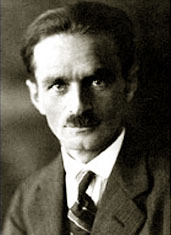
He is known for his social housing projects in interwar Berlin.


He studied at the Technical University of Berlin (Technische Universität Berlin) and worked as a draftsman in the Planning office of Herman Muthesius, before being appointed in 1918 in charge of the construction of the city of Schonebeg, currently within the city of Berlin.
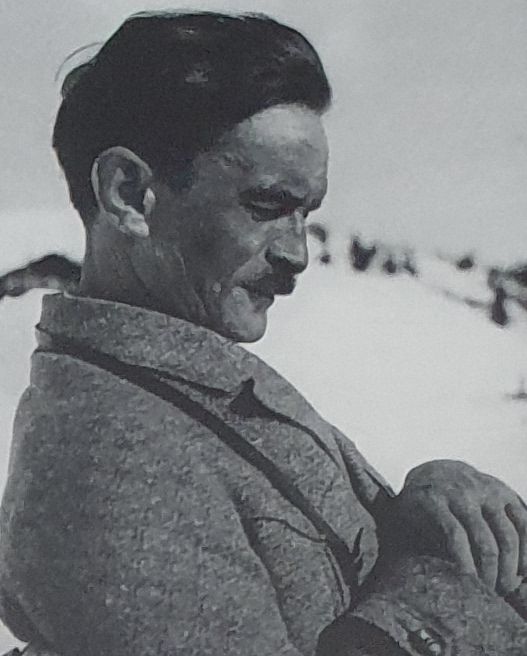
Since 1925 he has been Berlin’s main planner, building most of Berlin’s Siedlungen, recognized by UNESCO as a World Heritage Site.
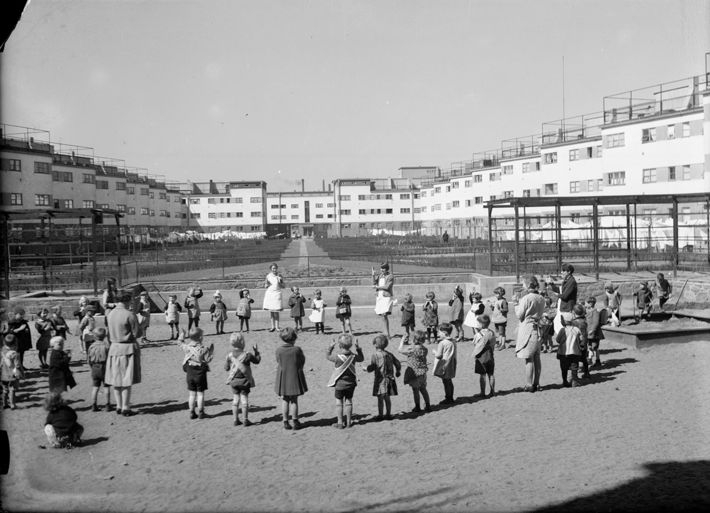
1924 founds the Gehag Building Society, which is responsible for 70 percent of Berlin’s homes built from 1924 to 1933.
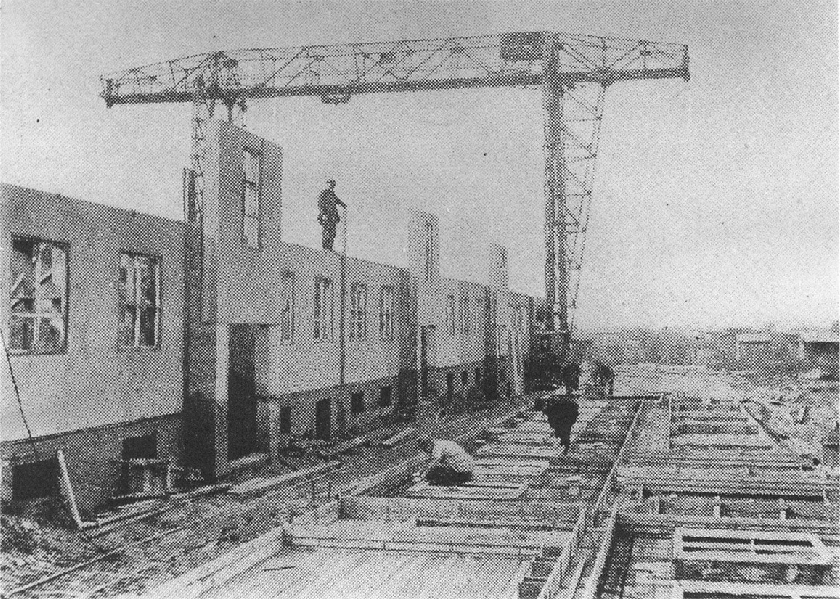
His role parallels that of Ernst May in Frankfurt am Main.

He is leading a large-scale effort to standardize construction requirements, streamline construction practice, organize industrial suppliers and unions, all in a common effort for mass production of housing for the working class.

Martin Wagner along with Bruno Taut is responsible for thousands of homes built in and around Berlin, including the Siedlung Horseshoe named for its shape and the Siedlung for Uncle Tom’s Cabin named after a local restaurant.

Today this type of housing represents half of the rental market.
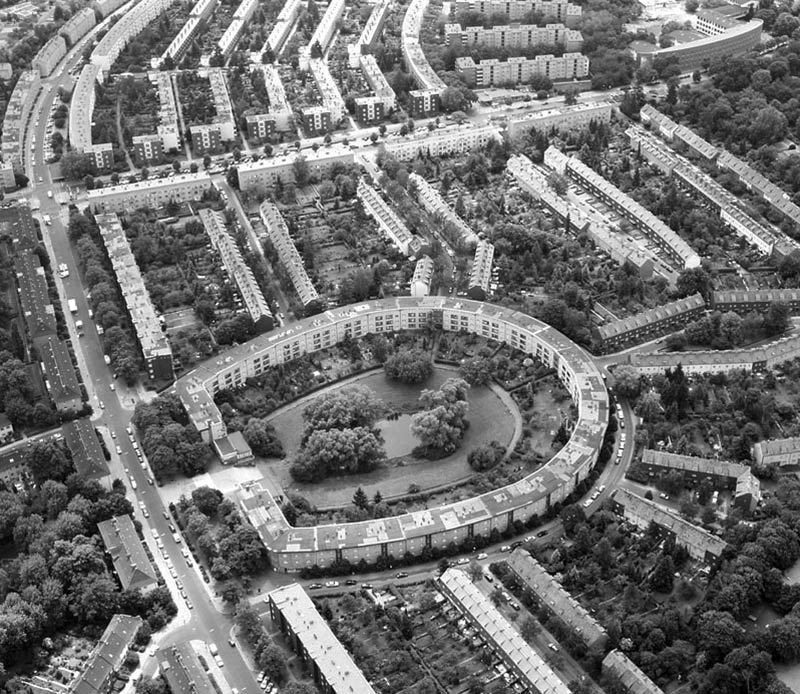
Along with its success in providing places to live for low-income families, this system also leads to the creation of suburban ghettos.
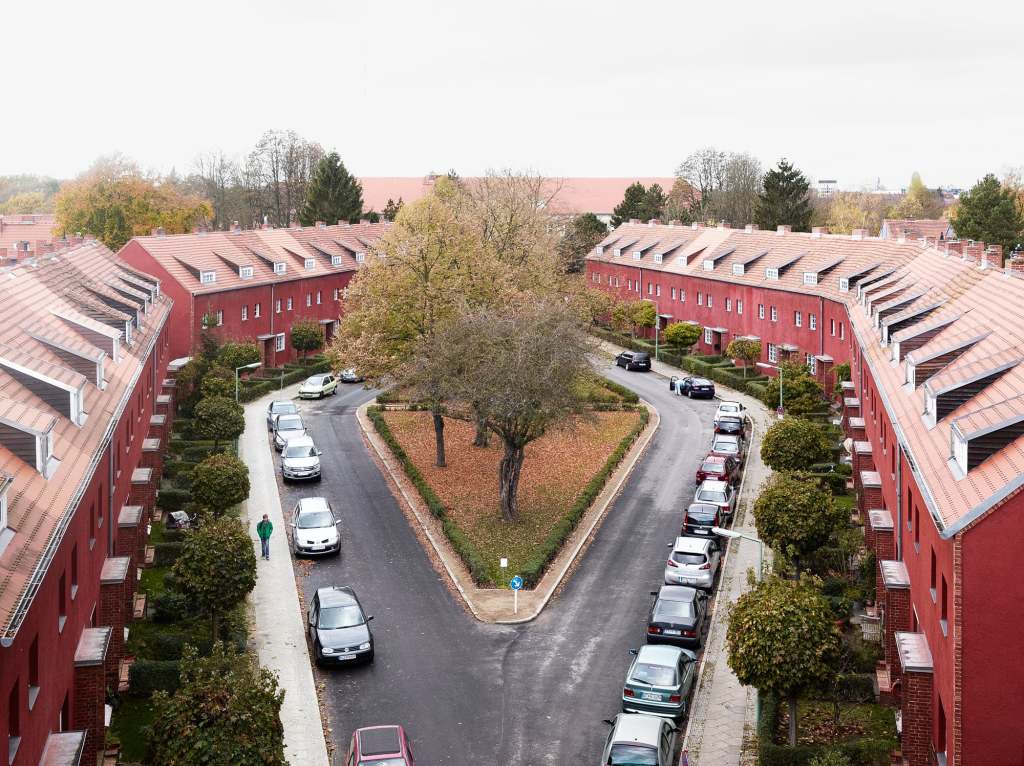
There, the strata without means of the population, mostly of immigrant origin with massive unemployment, are isolated from the urban centers, sometimes leading to conflicts with violence and social tensions.
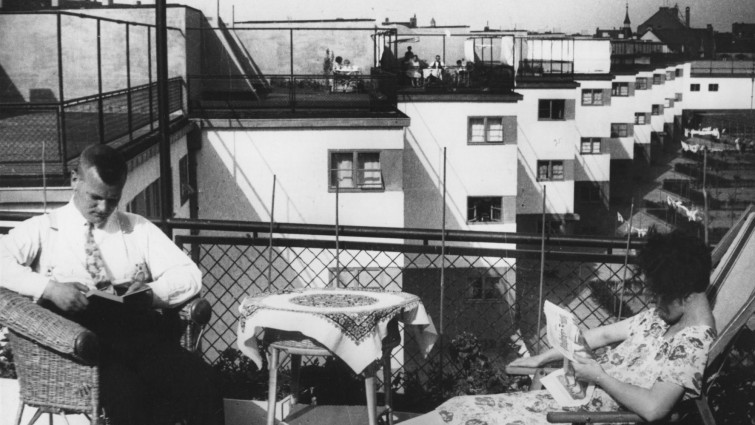
These Siedlungen settlements, is created by the demand for the terrible living conditions of the prewar urban landlords.

The right to decent housing is included in the Weimar Constitution, but few houses are built until economic stability is achieved, in which the inhabitants thus have access to light, air and sun.

Martin Wagner, during his studies at the Berlin and Dresden High Schools, (1885-1957) worked between 1905-1910 for Herman Muthesius.

In 1917, he wrote a memorandum on the organization of public housing and focused his discourse on the creation of housing estates with the aim of replacing the deadly apartment blocks with landscaped communes, pleasant for their inhabitants.

1918-1920 is councilor for urban planning for Schonemberg.

1926-1933 is councilor for urban planning in Berlin.
1929 publishes the magazine Das neue Berlin with Adolf Behne.
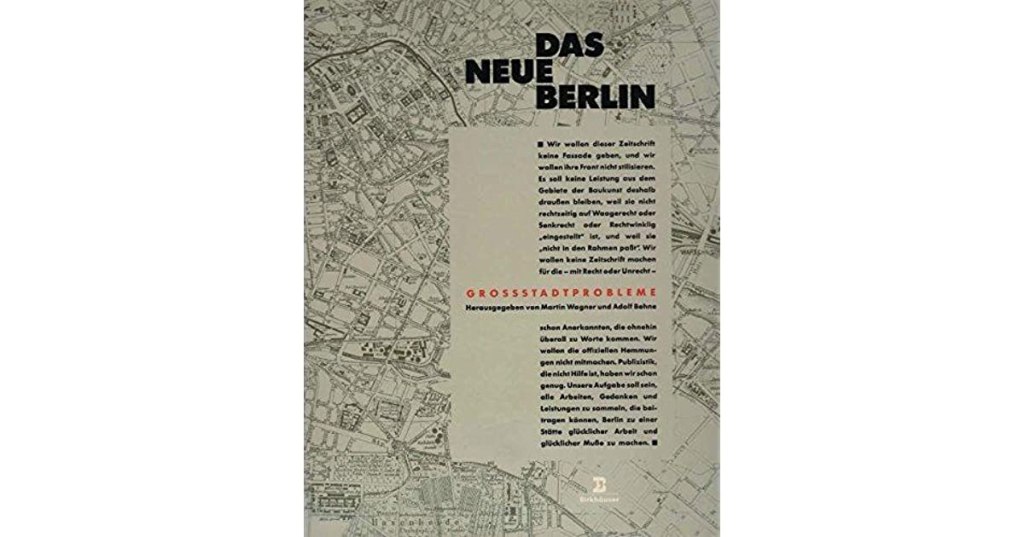
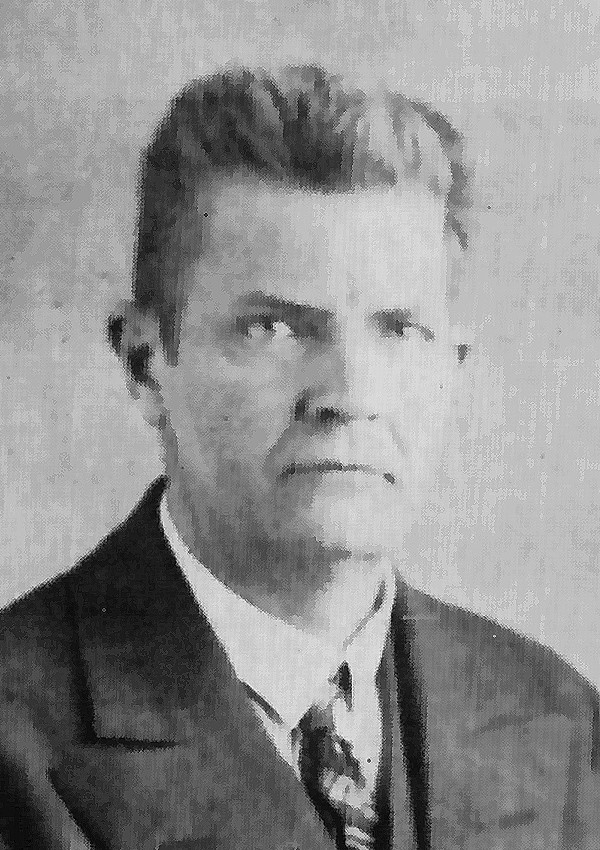
1918-1921 with Bruno Taut he built the Lindenhof housing estates and between 1925-1930 the Britz housing estate, also in Berlin.

The complex is a block of flats that opens in the shape of a horseshoe around a pond.
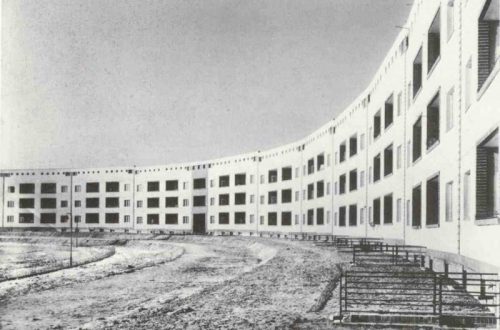
At the rear, the houses are closed with red and blue facades, forming rhomboid motifs.

These buildings contrast with those of the neighboring conservative-style urbanization.
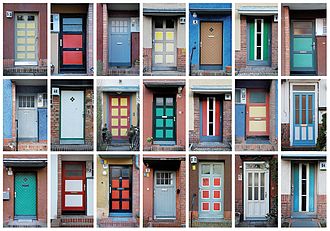
Wagner participates with other architects in the urbanization of Uncle Tom’s Cabin in Berlin (1926-1931) and between 1929-1930 the project of the beach of Lake Wann in Berlin.
1929-1930 in collaboration with Hans Poelzig makes The House of Radio on the grounds of the Berlin trade fair.
With the advent of Nazism and because of his socialist militancy, he was expelled from the Deutscher Werkbund in 1933 and left the country.
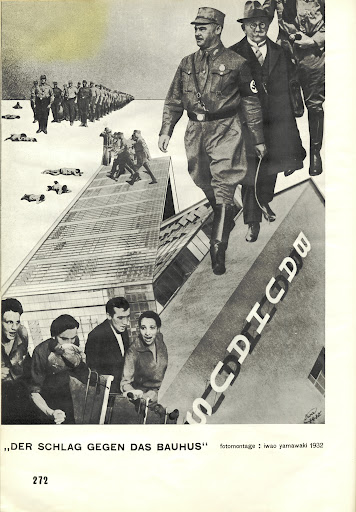
He stayed in Turkey for three years and then emigrated to the United States where he worked as a professor at the University of Cambridge.
In 1938 he was appointed professor at the Graduate School of Design in Har, until his retirement in 1951.
1944 obtains the American citizenship.
His son, Bernard Wagner, is also an architect.
https://greatatapib.weebly.com/blog/vivienda-social-en-inglaterra
https://www.yourtripagent.com/6792-profiling-germany-s-utopian-modernist-architect-bruno-taut
https://archxde.com/arquitectos/wagner-martin/
https://es.wikipedia.org/wiki/Martin_Wagner_(arquitecto)
https://multipliciudades.org/page/4/
https://multipliciudades.org/2017/03/06/el-movimiento-moderno-y-el-derecho-a-la-ciudad-video-de-la-ponencia-en-ix-docomomo-iberico/https://youtu.be/n3yF7mcjPWY

Graciassss, aquí empezó la modernidad
Obtener Outlook para iOS ________________________________
Me gustaMe gusta